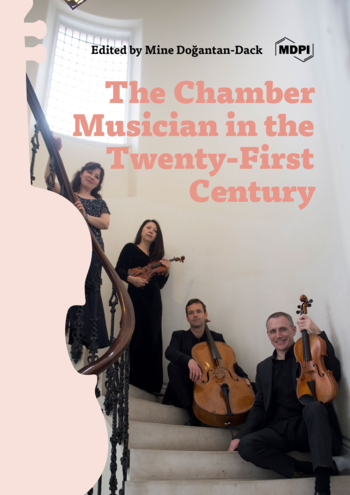Transactional Culture of the Portfolio Career Chamber Musician: A Case Study
The literature and case study data presented in this chapter explore the micro- (interpersonal) and macro-level (organisational/cultural) experiences between professional chamber musicians, the venues that engage them, and the audiences in attendance. They are explored in terms of a series of transactions—acts of giving and receiving and embracing the need to compromise. From this perspective, emergent themes include the delicate balancing of economic, esteem, and diversification values for both performers and venue in planning; music cohesion and interpersonal social interaction as important at all levels and across all stages of planning and executing performances; and considerations of the balance between familiar and novel encounters, informality, and experiences of social inclusion regarding interactions amongst performers and audience members. It is clear that both specific and subtle transactions shape the motivations, planning, and execution of ensemble performances. While stakeholders all inevitably have different and varied experiences, their transactions contribute to the virtuous cycle of the embedded environmental, social, cultural, material, and technological factors and the action afforded that constitutes chamber music performance. The “art of ensemble performance” seems to be a distributed process that is dependent on critical interdependent transactions amongst all stakeholders.
